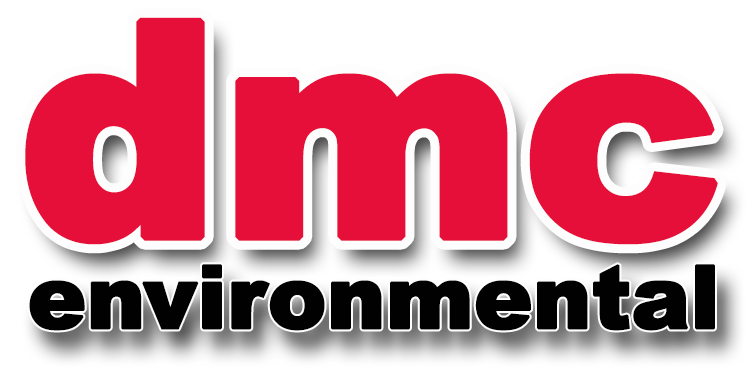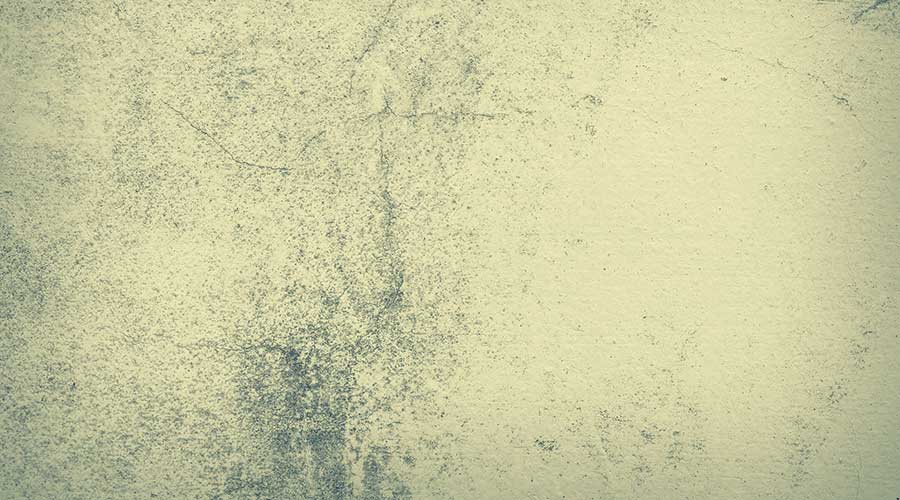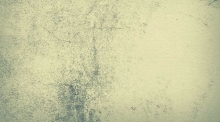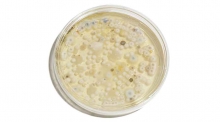-
Email : cfkdmc@gmail.com
-
Phone : 1-618-925-2445
What is black mold?
Toxic Black mold and black mold spores are the same things. Both can cause health problems when inhaled or ingested (taken into our bodies). Black Mold's dangerous consequences include respiratory issues and other threats to human health. "Black molds" that grow indoors usually have been given this name because they appear dark in color, but they may be any color even pinkish, greenish, or yellowish. Some species of mold may not be black at all - such as Stachybotrys chartarum. This particular black toxic mold is responsible for making people sick by causing illnesses such as allergies; asthma; burning eyes, nose, and throat; coughing; headaches; hay fever-like symptoms, skin rashes (dermatitis), vomiting, and other systemic reactions. Black toxic mold grows on a particular type of cellulose material such as drywall, wood, and cardboard. Until recently, it was believed that mold growth only produced toxins when growing on humid materials like paper or fabric products. However, a study conducted in 2002 has shown that black mold can produce toxic poisons even on non-humid surfaces (e.g., windows).
Where is Toxic black mold most likely to grow?
Black mold grows best in warm & wet places, particularly areas where there are high levels of humidity from water leaks, condensation, etc., such as: Bathrooms - especially from overuse of showers/ tubs; shower curtains and bathroom tiles contain many tiny holes & voids where molds can get started. Keep them dry to prevent mold growth. Kitchens - especially in the back of kitchens where water from leaky roofs, appliances, sinks, or dishwashers can collect and create a mold problem. Basements - most basements have high levels of moisture or humidity from water that settles on basement walls. This is perfect for mold growth.
What are some signs I may have a black mold problem in my home?
Black Mold Symptoms in your home include a persistent musty odor or sweet smell; discoloration (dark spots) on ceiling tiles and other surfaces. Persistent allergic symptoms Stachybotrys chartarum is dangerous because it produces toxic spores, which will remain toxic for decades after they were first formed and cause continuous allergic reactions.
Who Is At Risk From Inhalation Of Black Mold?
Anyone who has black mold exposure can potentially experience health effects. People with allergies or asthma weakened immune systems, and infants are more susceptible to the effects of toxic exposures. A study by Dr. Dorr Dearborn had shown that when pregnant mice were exposed in the laboratory to Stachybotrys chartarum, their babies underwent a delay in development and died prematurely. This is alarming because it demonstrates that shallow levels of exposure during pregnancy may have devastating consequences to unborn children and human health in general.
What Is The Best Time To Test For Black Mold?
No matter what time of year it is, whether you're considering buying or selling a house, testing for black mold should be done before any transaction takes place. If you already own your home, hire an independent inspector to test for black mold.
What Are The Health Effects From Inhalation Of Black Mold?
Many people are more susceptible to mold allergies and the effects of black mold exposure than others, so if you are experiencing adverse health symptoms, you may want to consider testing for black mold. Some of these symptoms include allergic reactions such as nasal and sinus problems, eye irritation; skin rashes (dermatitis); coughing, wheezing, or difficulty breathing. Asthma is a common mold allergy in people affected by indoor exposure to Stachybotrys chartarum. While studies have been conducted on animals exposed to S. chartarum, there are no reliable studies on humans due to ethical concerns about exposing human subjects unnecessarily to potentially harmful substances. However, documentation shows that people living in homes with S. chartarum have experienced chronic lung disease.
Can Black Mold Be Removed From My Home?
The short answer is yes, black mold removal is possible from your home. But mold removal is not an easy task by any means! When you hire a professional company for mold removal, First, they'll perform air quality tests and sampling of the affected areas (if it's possible) to determine precisely what type of mold it is and how dangerous the situation may be for you and your family. At this point, if the levels of exposure seem high enough, they might recommend you move out while they work on cleaning up and preparing to remove mold. Moving furniture around or removing drywall and other building materials could lead to debris spreading. Once you are given the "all-clear" from your mold remediation professional, they can help you clean up black mold that has already spread throughout your home.
How Long Does It Take To Find Out If I Have Black Mold?
It might take up to ten days or more to get results back from a lab to determine mold exposure. It's vital to hire an experienced professional when dealing with black mold. Small colonies of black mold might not show up in tests if proper sampling techniques aren't used by trained professionals (such as air quality sampling). Without using adequate sampling equipment, you will be left guessing precisely what type of mold problems you have and how serious the situation may be.
How Do I Prevent Black Mold In The Future?
You can take measures to help keep black mold growth and avoid mold exposure and the development of mold spores out of your home. These include preventing water damage by repairing roof leaks, making sure bathtubs and sinks are not leaking, keeping humidity levels low to prevent mold infestation. If you have wood-frame homes, be sure they are properly insulated with a vapor barrier in crawl spaces and attics - this helps moisture buildup, which leads to mold growth! Read more about maintaining a clean, affordable, and avoiding mold allergies. If you feel that you need help with mold removal or prevention, reach out to a licensed professional today - they can inspect your home and advise you of the safest ways to get rid of black mold.
Conditions That You Should Know Before Hiring A Mold Consultant
If you are looking for information on hiring a Mold Consultant, I recommended you read this article from Healthy Building Science first. It will tell you what essential questions to ask and what things to look out for when hiring a mold consultant. It contains some great tips on mold removal that can save you time and money (not necessarily in that order) if you choose the right company/consultant!
Below is an extract:
Mold consultants do not always understand indoor air quality issues as well as they should. Some depend on their mold expertise alone to land the job, and they don't realize that IAQ is an entirely different field with specialties like asthma, fire (smoke), and toxicology. Because of this, it's common for an indoor air quality consultant to say that mold wasn't the problem even when you've got scientific data saying otherwise. You can see a list of real-life examples here. It can be difficult to get expert opinions as consultants will often change their story based on who's paying them - meaning you're not always getting an unbiased view from these guys.
Do I need more information about my health before hiring a mold consultant?
In most cases, yes. The biggest mistake by homeowners is hiring a mold consultant without knowing their medical history. Mold allergy problems can cause inflammatory responses in your body even if you don't have asthma or allergies. Furthermore, the symptoms that you experience are very dependent on the health of your immune system and genetics. It is imperitive to have someone who knows what they're doing take a look at your lab results and medical history first before hiring a mold consultant! How reliable are home inspection companies? This will vary depending upon on where you live, as different states/jurisdictions inspect homes differently than others. But generally speaking, they are not 100% reliable and sometimes do not perform a large number of inspections which may alter their opinion (IE: being exposed to mold can change your opinion of how dangerous or non-dangerous it is).
What kind of equipment should they use when collecting samples for an indoor air quality test?
First off, no, you don't need a special home sampling kit. Any clean container with a sealed lid will do fine for collecting mold spores in your home. Secondly, be sure to get the sample before taking it inside and allow it to dry out naturally after you leave (IE: not by turning on an exhaust fan that blows directly on the sample). When collecting dust from the ducts, remember that you're looking for fungal spores and those of dead animals/insects - those are indicators something is going wrong in your HVAC system.
How many mold inspectors are there in the USA?
There are a many mold remediation companies but probably not as many as you'd think. Most of these 'mold consultants' have no certification or education and do not measure up to US standards for quality in this field despite what they claim. Most universities don't even teach indoor air quality, so most of the information is being learned by real-world experience (IE: getting sued). It doesn't always make for an honest opinion. Hence if you read any blogs about mold removal, ask them where they got their certifications. As I've mentioned before, Certifications aren't everything when it comes to finding a good consultant - but they will give you an added level of confidence that you're dealing with someone who knows what they're doing! It is apparant that , there are two types of certification - one from the ASHI and one from the IICRC. You don't need to hire someone with one of these certifications to find a good indoor air quality consultant (the job could be done by an HVAC or mold specialist), but it will let you know that whoever inspected your home meets the required standards.
When hiring a mold contractor, how do I make sure they are not using cheap products?
If you want to test for mold properly, I suggest ordering Formosan blue agar plates and AER/AeroSeal filters. And if they say "those aren't necessary," then there's a good chance they aren't using them! Otherwise, you're paying for mold testing and getting cheap products with very little training or know-how.
What is the best way to measure airborne fungal spore counts?
To test mold infestation, I suggest avoiding all mold testing companies that don't use the ISO 22737 protocol for mold spores. It's a highly reliable method used by most laboratories/consultants in the field and is what most experts will use on your home if you ask them directly which way you should have done. If it's not written up as such, then it probably isn't being used correctly - don't take my word for it, though. Look at someone else's ISO test results (and make sure they are ISO 22737 certified)!
Which Microscope Should Be Used to Examine Airborne Fungal Spore Samples?
While most mold testing companies will use a regular compound microscope to check for specks in the air, this is not a very effective way of seeing what you're looking at. The best kinds of microscopes for specialized tasks like this are polarizing and phase contrast. And if you get a cheap one, it's probably going to be challenging to use correctly (and get accurate results). Don't just listen to me. An expert on indoor air quality (Dr. Jack Thrasher) reviewed commonly used methods and concluded that phase-contrast was the most effective method due to its' more reliable contrast levels. Airborne fungal spore samples are almost always collected by mold inspectors using a dichotomous sampler. This is what I use and have found it to be the most effective method of assembling an unbiased sample (it's also been used for decades). It's as easy as trimming a piece of cardboard to size, then taping on two pieces of sticky tape that will 'catch' spores from passing through. These samples are looked at under high magnification with either a polarizing or phase-contrast microscope.
If I have visible mold in my house, how much does it cost to remove?
This is one question where experience comes into play strongly. Removing visible mold (properly ID'd with a spore trap) will usually run between $3-7 per square foot. If your contractor says otherwise - RUN! More often than not, you'll find out later on after paying him or her lots of money that the mold wasn't there (or it was but not a big deal) or they didn't do anything to remove the mold from your house.








